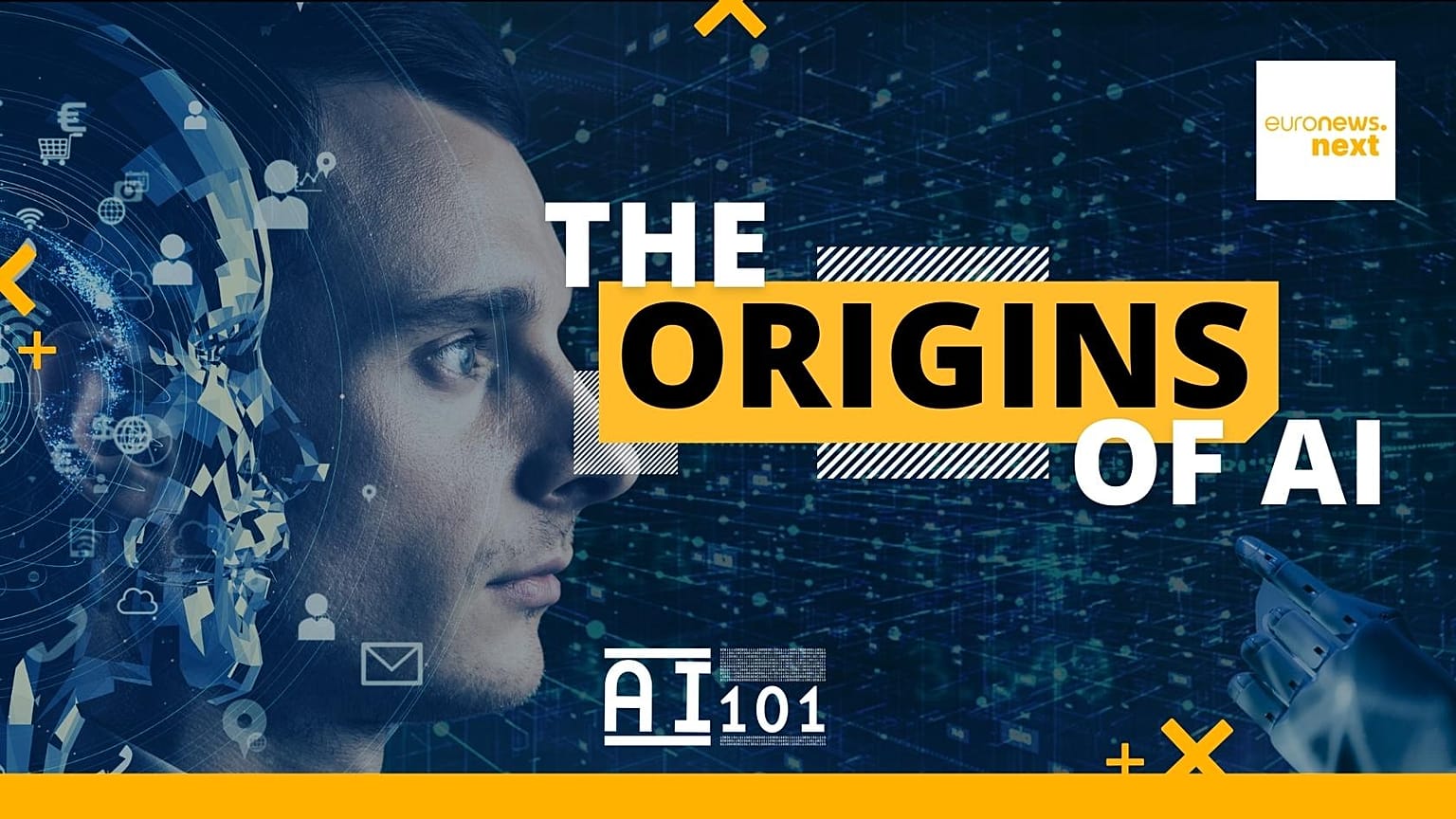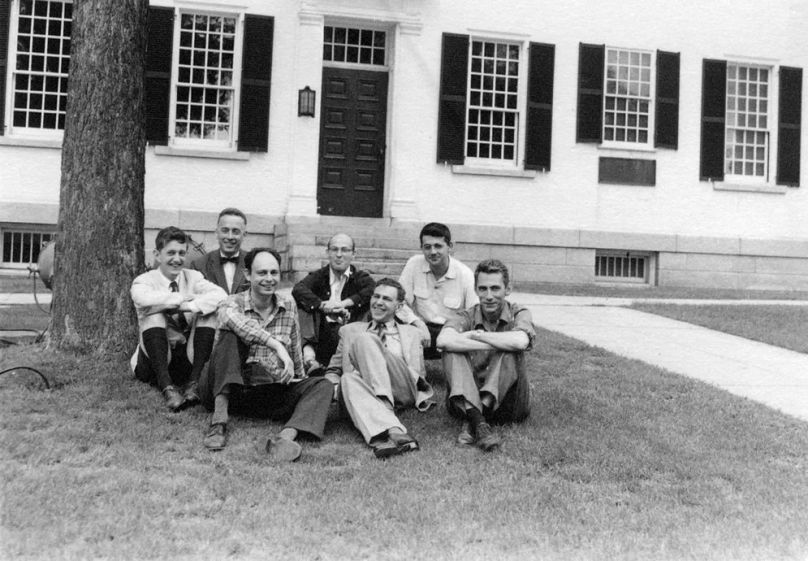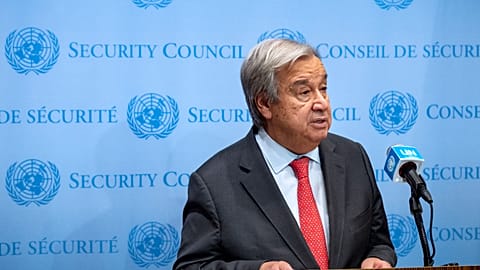In the first episode of our AI 101 series, explore the history of AI. Discover how it took off: from Alan Turing's test to the advent of ChatGPT.
It all began in England in 1950.
Mathematician Alan Turing invented the famous imitation game. He aimed to demonstrate that a machine could simulate human intelligence.
The principle was to have a human blindly exchange messages with two other interlocutors at the same time.
The first speaker is a machine, the second a person. If the human playing the game is unable to tell which answer is coming from the computer, the machine wins.
We had to wait until 2014 to witness the outcome.
The golden eras of AI: from its birth to the Big Data revolution
It was only six years later, in 1956, at a conference organised in Dartmouth in the north-east of the United States, that AI truly became a science.
In the years that followed, companies, governments, and even the US military began to take a close interest. They invested in research. This was the first golden age of AI.
But in the 1980s, researchers eventually ran into a technical problem: computing power. They then had to wait until 2010 and the era of Big Data to be able to fully exploit the potential of AI.
This was the second golden age of AI.
Elon Musk, the current boss of X (formerly Twitter), and Sam Altman then decided to jump on the opportunity, creating OpenAI, the company behind ChatGPT, which has now become the world’s new buzzword.
To find out more, watch our video above.



















